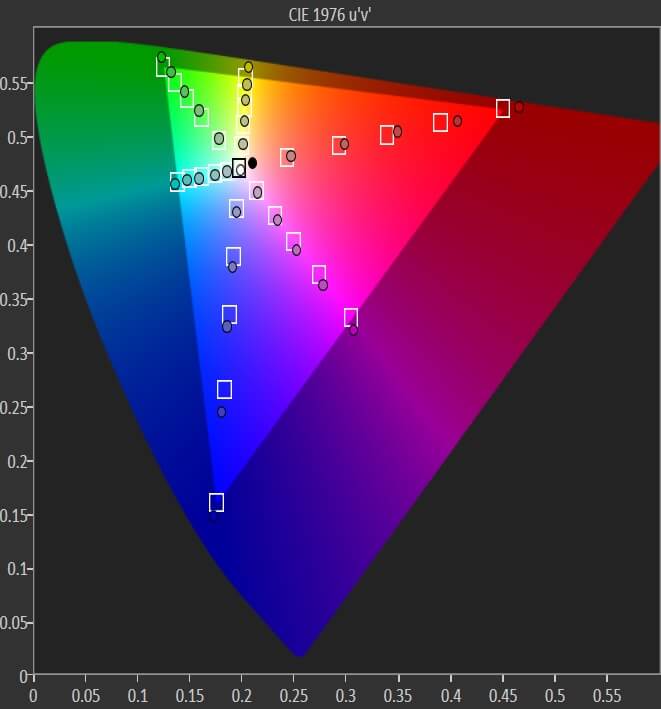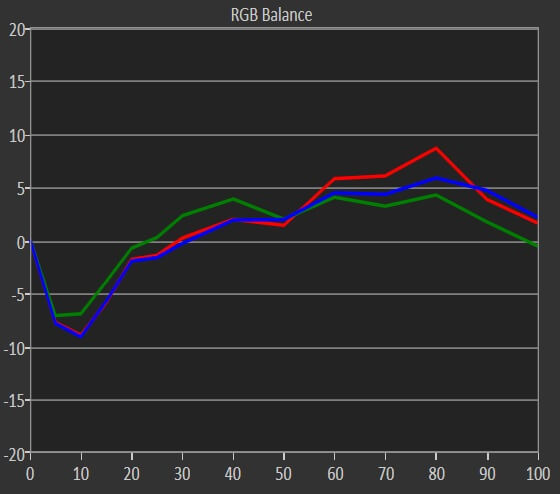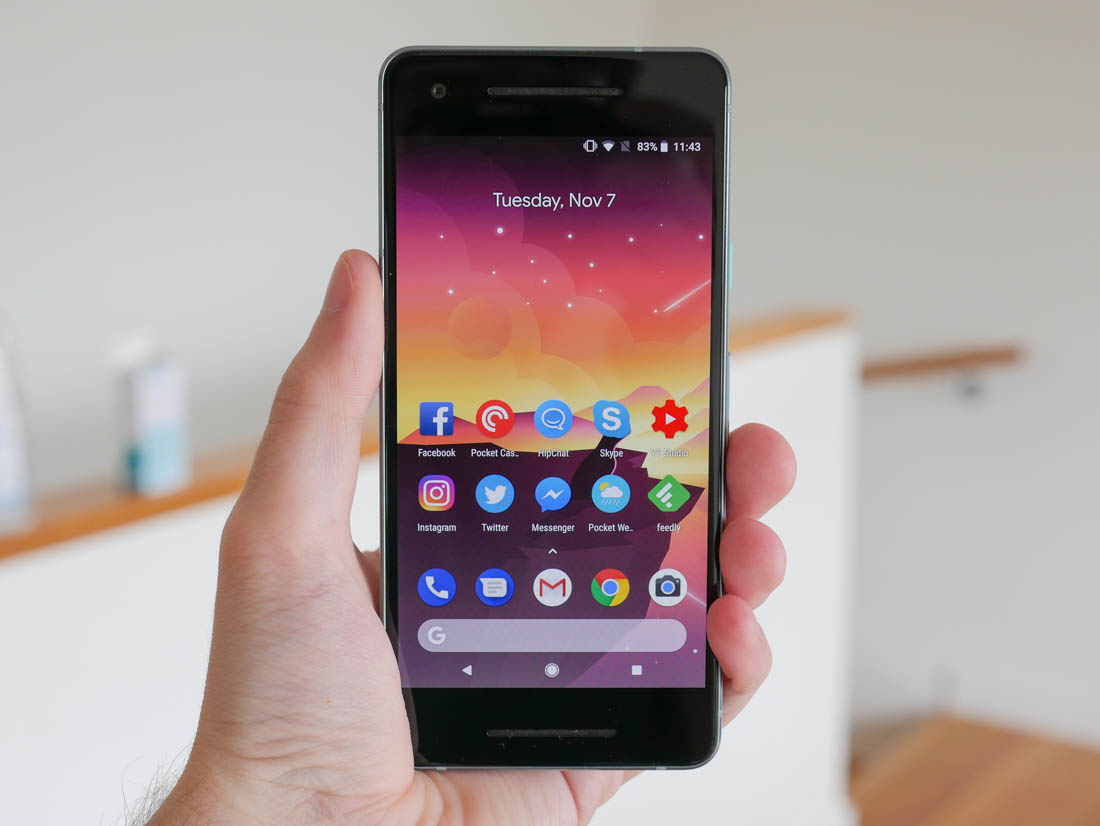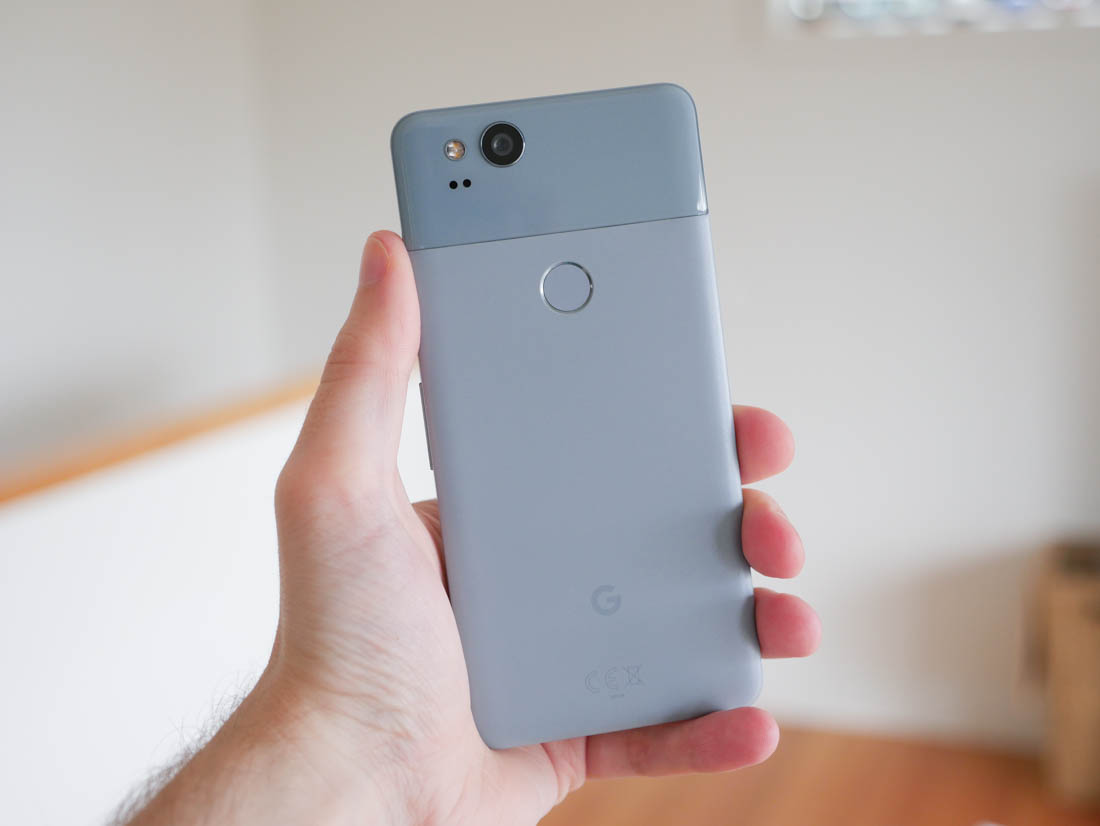By now you will have heard about the issues with the Google Pixel 2 XL. Its display sucks. Google made a mistake using an LG p-OLED panel on its new flagship over the superior OLED offered by Samsung. The viewing angles are bad, the color performance is mediocre, and owners may face burn in issues mere weeks after buying one.
But the issues with the Pixel 2 XL have completely overshadowed an awesome alternative on the market right now: the Pixel 2. Yes, it's smaller, and yes, it doesn't have the expansive display of its larger brother. But the Pixel 2 takes all the good parts of the Pixel 2 XL and packages them into an ergonomic frame, while leaving the terrible screen behind. It's this phone you should be buying, not the Pixel 2 XL.
The Display Is Really Good
The key concern with the Pixel 2 XL is its crappy LG p-OLED display. But there are no such concerns with the Google Pixel 2, which instead opts for a 5.0-inch Samsung 1920 x 1080 AMOLED. It's smaller in size and lower in resolution, but there's no doubt about it: this panel looks a lot better.
The main issue with the Pixel 2 XL's display is terrible viewing angles, manifesting as a noticeable blue tint or shift whenever you view it off-center. Samsung's AMOLED panel for the Pixel 2 is manufactured differently, so there is no blue tint whatsoever, leading to significantly better viewing angles. In fact, the viewing angles on the Pixel 2 are great.
The different design and construction of the Pixel 2's AMOLED alleviates several other issues seen in the Pixel 2 XL's p-OLED. There's no grain at low brightness levels, and the display appears far more uniform, especially when viewing whites. Samsung's OLED technology appears to be significantly less susceptible to burn-in as well; great news for those who want to use this phone for years.


Saturation (left) and color temperature (right) performance of the Pixel 2 in its default mode
You shouldn't worry about color performance either. Google attempted to target sRGB accuracy with the Pixel 2 XL, and didn't quite nail it for whatever reason. Blues at low luminances were a big problem, as was color temperature and the overall gamut. But with the Pixel 2, Google came much closer to hitting their target, which leaves the display looking great.
The key difference to color performance is the temperature of the Pixel 2's display. Rather than falling well below the ideal 6500K mark for mid-level greys, which gives the screen a noticeable yellow tint, the Pixel 2 hovers just above 6500K for almost all the grey range. The result is a whiter, more accurate tone that simply looks better.
On top of this, there's no issue with blues at low luminance, and the screen hits its gamut targets as advertised. With the natural mode enabled you get very close to sRGB accuracy, while with boosted mode enabled you get Google's advertised 10% saturation boost which makes colors pop that little bit more. The Pixel 2 XL doesn't even hit full sRGB coverage with boosted mode enabled, so there's no doubt the Pixel 2 delivers a much better viewing experience.
Same Camera, Performance, Features & Software as the Pixel 2 XL
All the best parts of the Pixel 2 XL are still found in the Pixel 2. It may be a smaller handset, but there are no compromises to the camera, performance, features or software. Every awesome aspect is shared between both phones, and the Pixel 2 has that superior display to boot.
If you read our review of the Pixel 2 XL, you'd know the camera is downright awesome. Google's processing and automatic HDR is on another level, helping to deliver some of the best photos we've ever captured with a smartphone. Thanks to the inclusion of optical image stabilization, the Pixel 2 is astonishing in low light situations, and the new portrait mode is capable of impressive simulated depth of field effects without an additional sensor. The Pixel 2 takes the best selfies of any phone as a result.
The Pixel 2 doesn't skimp on high-end hardware either: the phone is powered by a Qualcomm Snapdragon 835, the go-to standard for flagship Android phones in 2017, along with 4GB of RAM and either 64 or 128GB of storage. Yep, the very same configuration as the Pixel 2 XL. You won't be surprised to learn either that the Pixel 2 supports up to Category 15 LTE, Bluetooth 5.0, Wi-Fi ac with 2x2 MIMO and NFC.
And if you're looking for any differences in software... well there are none. Both run Android 8.0 Oreo with a few custom Google enhancements. Both phones are supported for the next three years with fast updates to new versions of Android, a developer program for early access to said updates, and monthly security patches. It's the best software experience on any Android handset right now.
Battery Life is Great
Aside from the display, the other significant hardware change is the battery size. The Pixel 2 is a smaller phone, so it has a smaller battery: 2,700 mAh compared to 3,520 mAh in the Pixel 2 XL. While displays are smaller and less power hungry in smaller phones, across most handsets we test, we tend to find larger devices have better battery life. So what's the situation with the Pixel 2?
Well, in our testing, the Pixel 2's battery life is comparable to the Pixel 2 XL on average. Breaking that down, the Pixel 2 fared slightly better in PCMark, and slightly worse in web browsing and video playback. And the good news here is that the Pixel 2 XL has fantastic battery life, which makes the Pixel 2's battery life excellent as well.
Up against some of its biggest competitors, the Pixel 2 lasts significantly longer than the HTC U11, LG G6 and Huawei P10, about 9 percent longer than the OnePlus 5, and around the same mark as the Galaxy S8+ and Xiaomi Mi 6.
No matter which way you look at it, the Pixel 2 delivers great battery life for its size and it takes an hour less to charge fully.
It's Cheaper
The best aspect to the Pixel 2 for some people will be its price. The Pixel 2 is $649 for the 64GB model, or $749 for the 128GB model. That's a full $200 cheaper than the Pixel 2 XL, which starts at an expensive $849. The Pixel 2's pricing is much more in line with other top-end flagship phones, and we think $649 is a fair price to pay. $849 for the Pixel 2 XL? That feels like a bit too much for just a larger, worse display.
Now the Pixel 2 isn't a perfect handset. The bezels around the display are enormous for a phone in 2017, and the build quality, while still quite nice in general, doesn't match the same quality of the Pixel 2 XL. But in all honesty, while we'd all prefer a sexier phone with smaller bezels, after a week of using the Pixel 2, you just forget it's an issue altogether.
So if you're in the market for an awesome Android phone, you should ignore the more expensive Pixel 2 XL with its mediocre display. Instead, save yourself $200 and grab a Pixel 2 instead. It has all the great camera, performance and software features of the Pixel 2 XL, plus an excellent display and comparable battery life. Don't forget about the Pixel 2 amid all the Pixel 2 XL controversy: it's the better buy. It's the "Pure Android" phone you should buy.
Shopping shortcuts
- Google Pixel 2 on the Google Store, Best Buy, Verizon
Editors note: Verizon is currently offering a 50% discount on the Pixel 2 with a qualified trade-in.




